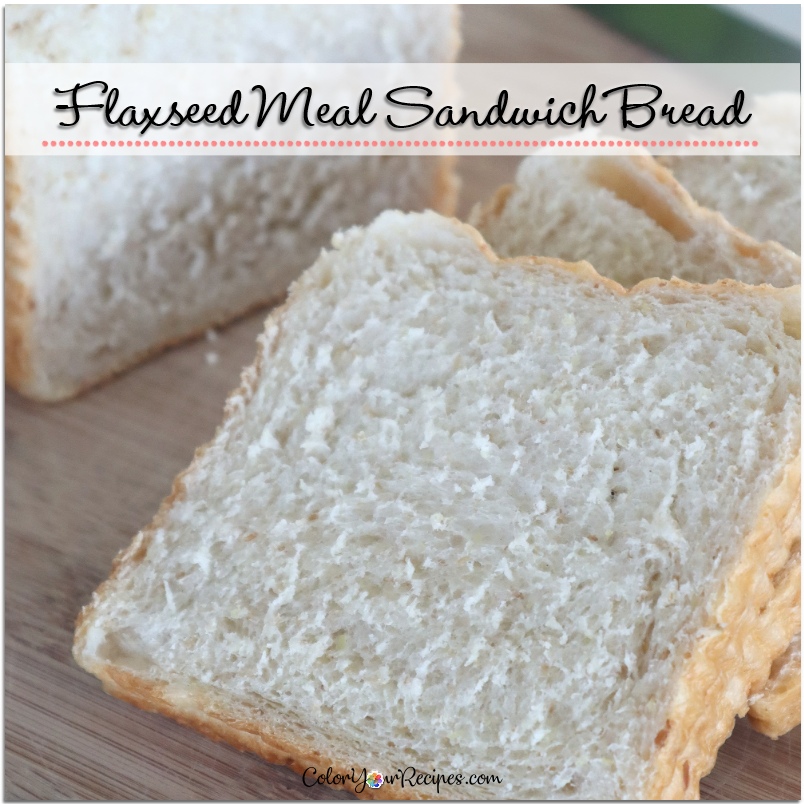Apple Cinnamon Buns
These are delicious, soft and cottony buns filled with pieces of sweet apples and a hint of cinnamon. Great as breakfast or afternoon snack.

Now that Autumn is here, there are all kind of apples in the market. Why not use the seasonal fruits to fill the buns?
This is an Asian version of apple cinnamon buns…I used the tangzhong method for the dough, therefore the dough is super light and fluffy and the buns stay fresh and soft for many days.
More details about tangzhong can be found HERE.
– Why are these rolls so delicious?
The combination of the soft and cottony dough with small pieces of apples are just so delicious…every bite comes with apple…giving a feeling of warmth…Autumn is here.
– Can I substitute apples for any other fruit?
Pears will work well for these buns.
– Are you ready to give these buns a try?
Ingredients:
Tangzhong or water roux
- 50 g bread flour
- 250 ml water
Bread dough
- 550 g bread flour
- 90 g sugar
- 7 g salt
- 7 g yeast
- 75 g non-fat dry milk
- 2 eggs (minus 1 ½ tablespoon), approximately 100 g
- 55 ml water
- 2 teaspoons vanilla extract
- 100 g butter
Apple Filling
- 400 g apple peeled and cut into small pieces
- 65 g sugar
- 2 teaspoons fresh lemon juice
- 1 tablespoon water
- 1 tablespoon ground cinnamon

Method:
Tangzhong or water roux
Whisk together the water and the flour until the mixture is well blended and free of lumps.
Stir the mixture while it cooks over the medium heat to reach 65C/150F. It takes about 2-3 minutes.
Continue whisking until the mixture starts to thicken. The mixture of flour will have “lines”.
Remove from the heat.
Transfer to a bowl, cover with a plastic film to avoid “skin” from forming.
Ready to add to the bread dough once is cool.
Water roux or Tangzhong can bend kept in the fridge for up to 48 hours.
Bread dough
In the mixer, add all the water roux, and all the other ingredients under bread, except for the butter.
Turn the machine and stir for 2 to 3 minutes, until a uniform very wet and sticky dough.
Increase the speed to “2” and let it mix for 15 minutes. The dough should be very sticky. Do not add extra flour as the dough will be less sticky as gluten forms.
Add the butter and mix for 15 to 20 minutes more. Take a small portion of the dough (like a golf ball) and stretch gently until a very thin and transparent membrane (windowpane).
If the dough tears, mix for another 2-3 minutes until you achieve the windowpane test. This test demonstrates that the gluten is very well developed, and it will create a very light crumb. The dough should be very elastic.
Remove the dough from the mixer and place in a bowl by covering with a plastic film.
Let dough proof until the dough tripled to its original size.
In the meantime, make the apple filling.
Apple Filling
In a medium pot, place all the ingredients listed under apple filling. Cook under high heat for approximately 10 minutes, until the apples are slightly soft.
Remove from the heat and let it cool. Set Aside until ready to assemble the rolls.
Assembly
Knock back the dough and divide into 2 balls. Roll one dough into a rectangle of approximately 45 x 35cm (approximately 18 x 14in). Smear a thin layer of butter or its substitute on the rectangle dough.
Evenly sprinkle ½ of the apple filling, roll it like a Swiss roll from the long edge, and roll it into a tight log. Turn the seam to the bottom. Make a small mark on the log in the middle and then into 4 and again and again until you have the log divided into 16.
Gently cut on the mark without smashing the rolls. Place the rolls in a square or round pan, I used the 2 small round pan and one ring pan.
Cover and let it rise, approximately double of its original size. Brush with egg wash and bake in a preheated oven at 350oF for 25 to 30 minutes. Remove and let it cool.


– If you like this recipe and looking for more Asian baked good, please check these out…
![]()

























 Did you know that soy contains is a great source of protein? Soy in low in saturated fat and does not contain cholesterol and is an awesome substitute for dairy milk.
Did you know that soy contains is a great source of protein? Soy in low in saturated fat and does not contain cholesterol and is an awesome substitute for dairy milk.


















 \
\























